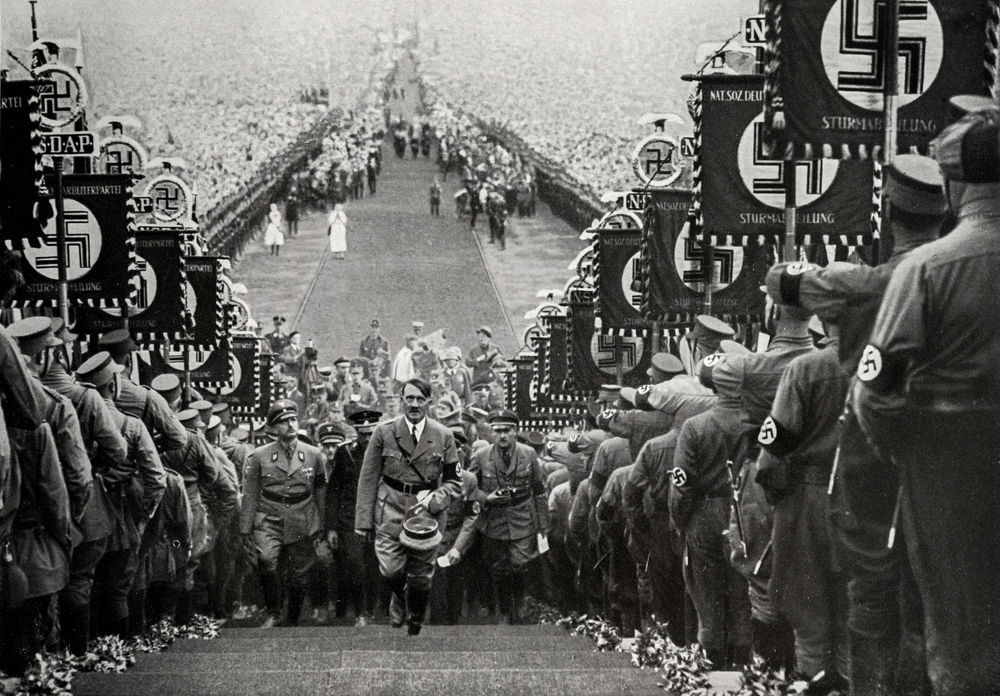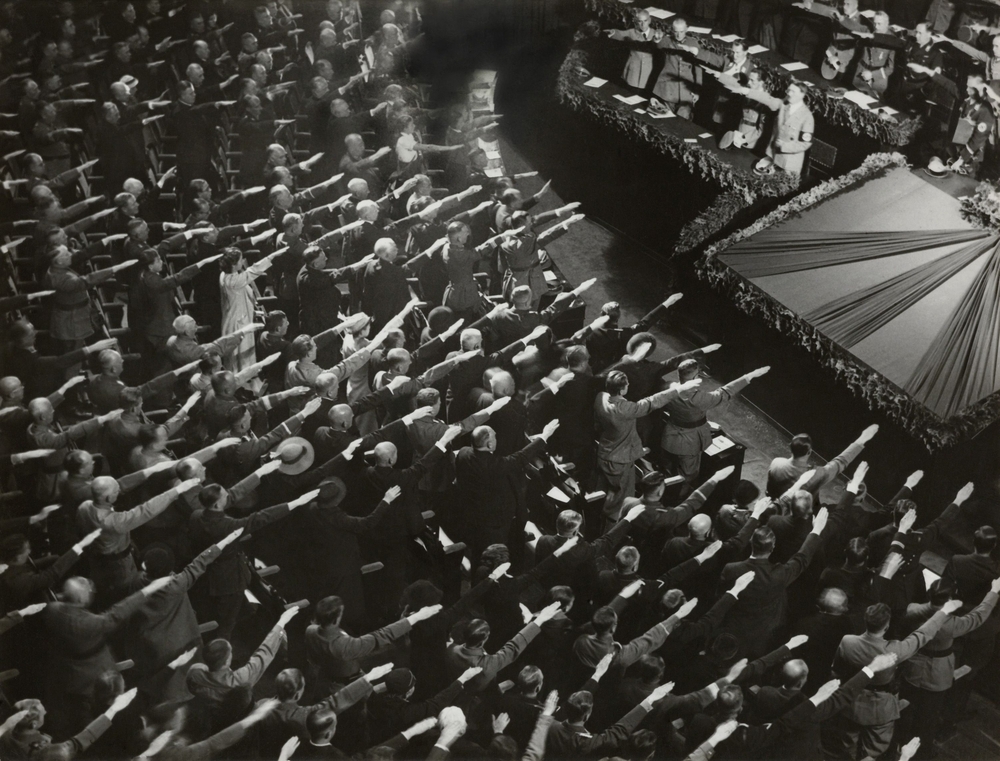How much do we know about the dark history of eugenics?
Did you know that the idea of building a wall around our nation’s border isn’t a new concept? It turns out that while that scenario may sound familiar, it’s a description of an earlier part of America.
A demographic panic gripped the country, along with mounting anxieties about poverty and crime, led to one of the most shameful episodes in our history.
The basic idea of eugenics is that the human race can be genetically improved by excluding certain groups that are considered to be inferior and promoting those groups that are thought of as superior.
The result? The eugenics mania that swept the nation in the late 19th and early part of the 20th centuries led to coerced sterilizations and the passage of regulations in 27 states created to restrict the numbers of those considered “genetically unfit.”
These new laws targeted immigrants, African Americans, Jews, the mentally ill, and those considered “morally delinquent.” Let’s dive deeper into the eugenics movement and learn about how it influenced our nation.

How American laws inspired the Nazis
The idea of eugenics is about fear: how fear of “the other” can defile even the most brilliant minds. The crusade also found advocates in social reformers like birth control advocate Margaret Sanger and W.E.B. DuBois, a co-founder of the NAACP.
DuBois saw no irony in calling for African Americans to “breed for better brains, for efficiency, for beauty.” Newsreel footage on PBS showed white American families happily competing in “genetic fitness” contests at state fairs where they were measured like livestock.
There was also a retelling of a critical court case where a teenage mother was forcefully sterilized by her mother and the story of how the inventor of Kellogg’s Corn Flakes became a champion of eugenics.
One of the most chilling parts of this footage, though, which is available online, involves an appearance by Adolf Hitler. Apparently, America’s sterilization policies inspired the Fuhrer to launch his eugenics program, which we all know what that led to.
Hitler even wrote a fan letter to one of the biggest supporters of eugenics in America, a lawyer named Madison Grant, who wrote a book, “The Passing of a Great Race.” Few people today, however, know about this period in American history.

Why was the thought of eugenics so alluring?
As history has taught us, there’s a powerful character behind every movement. Eugenics had Charles Davenport, a thin, Ivy League-educated scientist whose distinguished demeanor exuded an air of superiority.
PBS showed why Davenport was the right man to spread the wrong idea. He was a cunning and ambitious manipulator of the media, and he knew how to entice the support of wealthy contributors to spread his ideas to powerful politicians.
Charles Davenport was the one who called for a wall to be constructed around our nation to keep out the so-called “cheaper races.” Eugenics had won such mainstream acceptance that the public competed in “fitter families” contests at state fairs during the 1920s.
Davenport was motivated by the work of Sir Francis Galton, who is credited with beginning the eugenics movement at the end of the 19th century. A cousin of Charles Darwin, Galton theorized that humans could control their evolution.
His suggestion: Pair the most fit and intelligent so their children would boost the “breeding stock” of the human race. That, of course, led to the following question: What do we do about everyone else?
The eugenics crusade provided a grotesque answer: Ban them from reproducing. These ideas were so seductive because they were backed by science.
In the early 20th century, America was torn by social despair: urban squalor, massive inequality, and pressures over immigration. Eugenics essentially gave reformers a scientific answer to these issues.
If these problems were caused by “feebleminded” people with flawed genes, why not make the world better by eliminating bad genes altogether? Davenport planned the extinction of the most marginalized people in society… dressed up as a way to improve civilization.

These eugenics ideas aren’t going away… Why?
The campaign to build a better race ultimately became a quest to create a whiter race. And lobbying from eugenics supporters helped Congress pass the Immigration Act of 1924.
It limited Eastern and Southern Europeans and banned the entry of Asian immigrants for over 40 years. And the movement gave a scientific punch to the idea that there’s “us” and “them.”
The eugenics crusade was finally contained by several factors: changing attitudes toward poverty triggered by the Great Depression, a counterattack from the scientific community, and later revelations about Nazi horrors.
But the essence of eugenics, an overwhelming faith that our genes determine everything in human nature, continues, says the author of “How Genes Become the Heart of American Medicine.”
He calls this concept “genetic determinism” and indicates some of its assumptions in an article for Nature magazine. The author believes that if students of color do poorly on tests, it’s due to their genes, not lack of support.
Then, another disturbing shadow from the eugenics movement remains. Many individuals talk openly nowadays about creating “designer babies” due to advancements in gene therapy.
This is the world talked about in sci-fi movies, where society is split between the wealthy, who engineer perfect babies, and those who can only have children naturally. This could potentially mean that people would be defined at birth by their DNA.
Expectations would be set, and resources, opportunities, and experiences would be given and withheld before anyone can show their potential. So the question is, can humanity resist the eugenics urge to breed better human beings?
The belief that genes are the primary factor in an individual’s success is alluring because it can exonerate people of blame, experts in psychology say.
What makes a eugenicist is this overwhelming faith that your genes determine everything in human nature. And in some ways, the eugenics crusade marches on.
To learn more about the idea of eugenics, Amazon has an interesting read: War Against the Weak: Eugenics and America’s Campaign to Create a Master Race






















